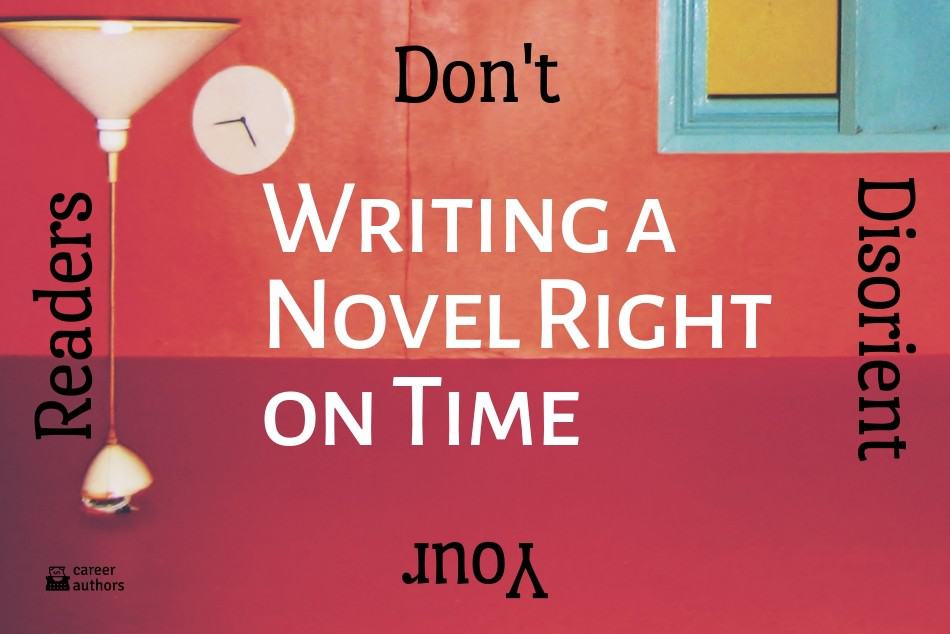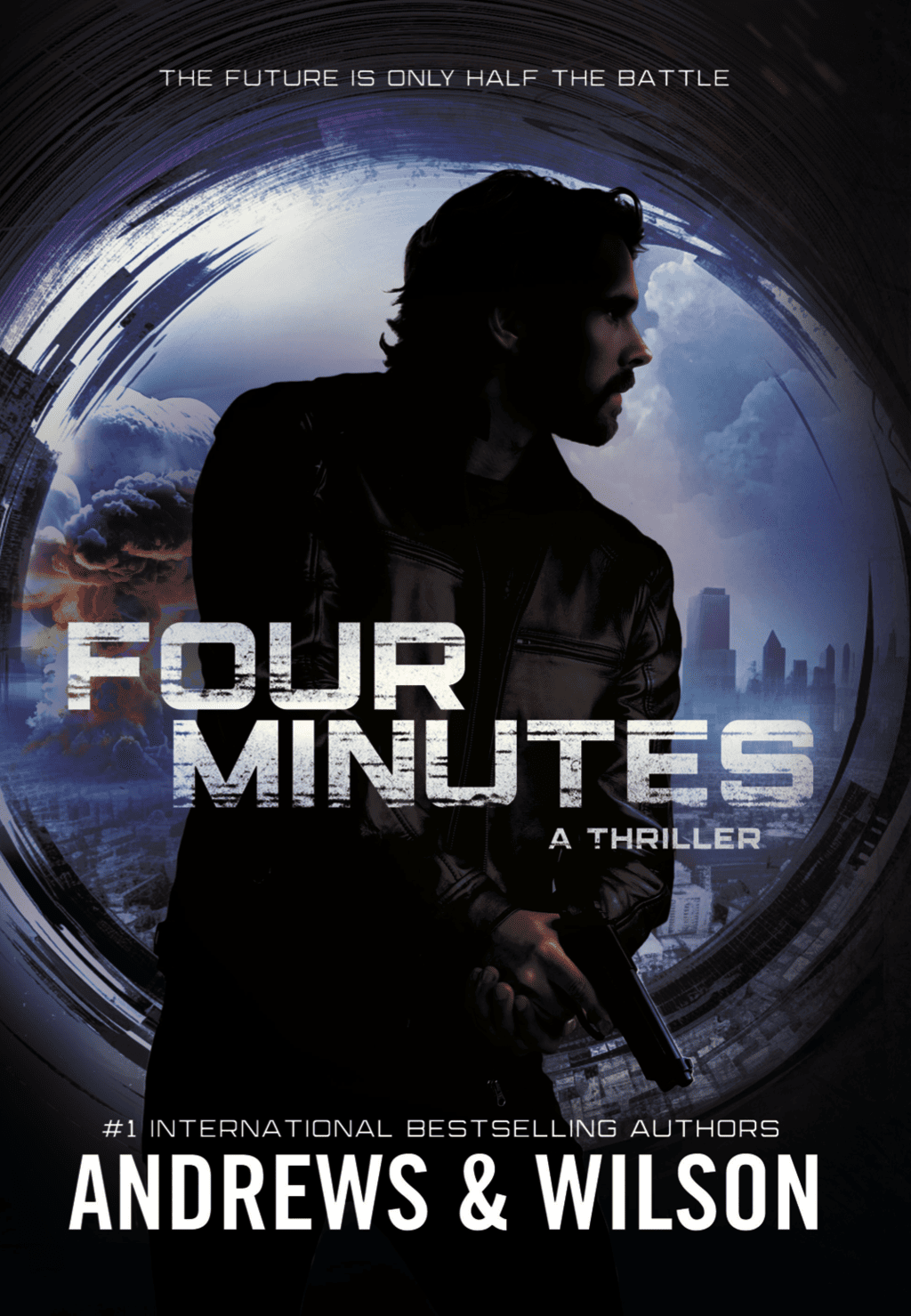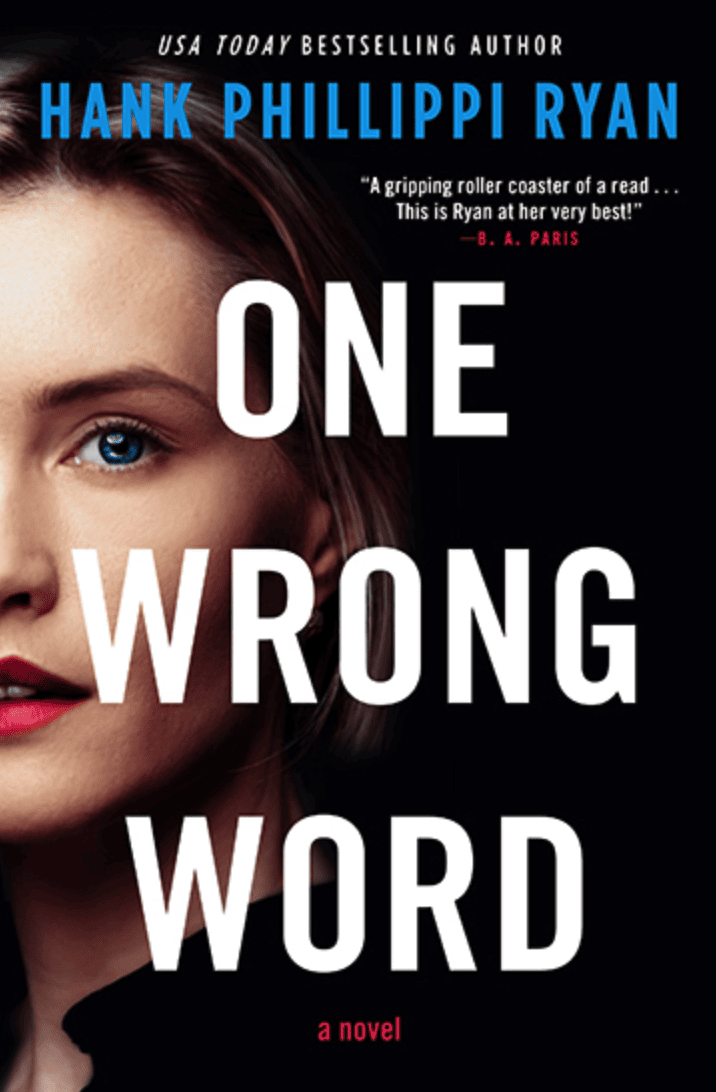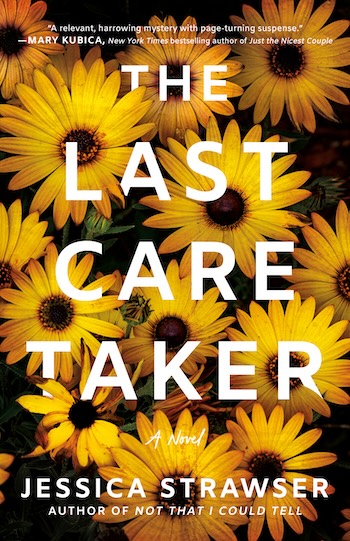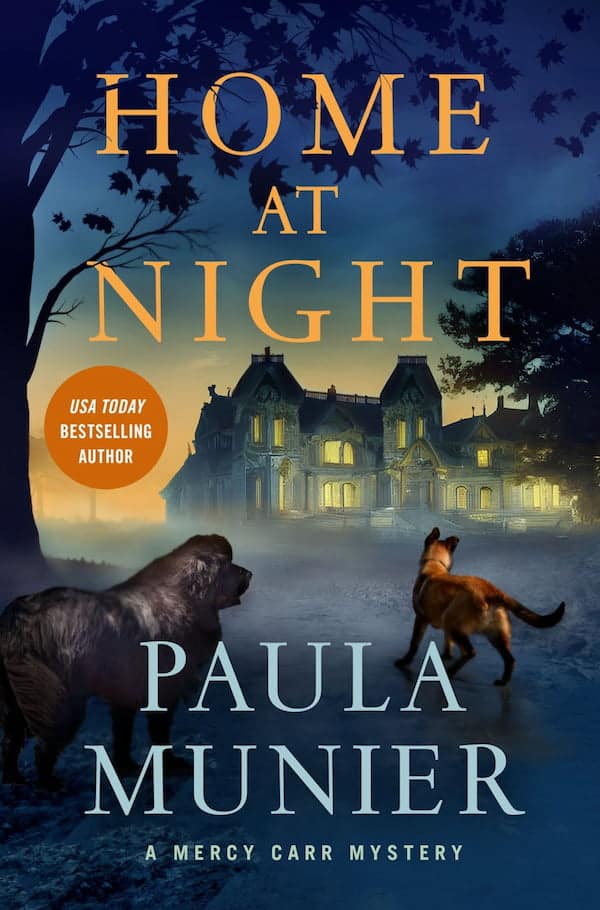Editors sometimes criticize a novel for feeling “too loose,” an important concept that can be difficult to define.
A variety of factors can contribute to this literary malady, but basically there’s a sense that a story’s various parts don’t add up to a cohesive whole. Issues resulting in unwelcome editorial shapelessness include confusing POVs, inconsistent characters and incoherent themes. This post focuses on timeline issues.
Is the timeline always clear?
This is a matter both macro and micro. It works itself all the way down to the sentence level.
Writers may relate time in a loose way, leaving readers unsure about when something is happening. For example, a chapter starts: “One day, Aunt Delores brought home a new bicycle.” Does the reader truly understand when this occurred? It might not be crucial but, then again, it might be.
Unless you are purposely manipulating the reader for other plotline reasons, avoid uncertainty about when events take place. I’m not suggesting everything be dated or clocked in, but writers must ensure that their readers never feel adrift or wonder where they are on the book’s calendar.
It may also prove troublesome for a book when its narrative suddenly speeds up, jumping over swaths of time to reach a more interesting juncture. With time jumps may come decreased intimacy with the characters. It feels as if the author is not wholly interested in events so, consequently, we aren’t either.
Skimming over events makes your reader less engaged.
Don’t let your novel include down time. Every page should be interesting.
Loosy goosy
Timeline issues can be especially challenging in a novel in which the plot is non-linear. I’m not saying don’t do this but be aware that non-chronological narratives can be tricky and risk adding gratuitous complexity. Any looseness makes readers less confident of the narrative.
Too many jumps, or jumps at the wrong time, may rob a story of forward momentum.
Multiple plotlines (linear or not) may indeed make your book’s plot richer, but transitions between storylines must be handled with care. Even with more than one plotline, there should be overall continuity.
And never leave dangling loose ends.
I often tell authors that their plots should hurtle down tracks like a speeding train. This doesn’t mean a story needs to be straightforward or linear. But it should have relentless drive and energy, and readers should always feel they are moving towards the climax.
Have timeline issues ever given you trouble? Share your literary experiences with us on Facebook.

